As we welcome the gentle warmth of spring, many of us are drawn to our gardens, dreaming of vibrant blooms, lush greenery, and, most importantly, a sanctuary of privacy. The concept of a private retreat within your garden is more achievable than ever, thanks to the strategic use of privacy trees. These natural barriers enhance the beauty of your outdoor space and provide a serene environment, shielding you from prying eyes and unwanted noise. In this comprehensive guide, we’ll explore how to design your garden with privacy trees, focusing on selecting and planting the right species to create an oasis of tranquility.
Why Choose Privacy Trees?
Before diving into specific tree species, it's essential to understand the benefits of incorporating privacy trees into your garden design:
- Natural Aesthetics: Privacy trees blend seamlessly with the landscape, offering a more attractive alternative to fences or walls.
- Environmental Benefits: Trees contribute to the ecosystem by providing oxygen, improving air quality, and supporting wildlife.
- Year-Round Protection: Evergreen varieties ensure year-round coverage, while deciduous options can offer seasonal privacy.
- Noise Reduction: Dense foliage acts as a natural sound barrier, reducing noise from nearby roads or neighbors.
Selecting the Right Privacy Trees for Your Garden
When choosing privacy trees, consider growth rate, height, maintenance needs, and aesthetic appeal. Here are three excellent options that provide both privacy and beauty:
1. Ficus Flash (Ficus microcarpa var. hillii)
The Ficus Hillii Flash is popular for those seeking a fast-growing, evergreen tree with dense foliage and excellent coverage. This species is known for its vibrant green leaves, which create a lush, tropical appearance.
- Growth Rate: The Ficus Flash is a rapid grower, reaching up to 10 meters in height within a few years.
- Ideal Conditions: This tree thrives in full sun to partial shade and prefers well-drained soil. It's also quite tolerant of different soil types, making it versatile.
- Maintenance: Regular pruning is essential to maintaining its shape and encouraging bushier growth. Once established, this tree is relatively low-maintenance.
2. Cupressus Better Green (Cupressus macrocarpa 'Better Green')
The Cupressus Better Green is an excellent choice for a hardy, canker-resistant variety. This tree is particularly valued for its deep green foliage and ability to thrive in various conditions.
- Growth Rate: The Cupressus Better Green grows moderately, typically reaching heights up to 12 meters. Its upright growth habit makes it ideal for narrow spaces.
- Ideal Conditions: This species prefers full sun and well-drained soil. It's drought-tolerant once established, making it suitable for areas with limited rainfall.
- Maintenance: Minimal pruning is required to remove damaged or dead branches. Its dense foliage provides excellent year-round privacy.
3. Leighton Green (Cupressus leylandii 'Leighton Green')
The Cupressus leylandii 'Leighton Green' is a classic choice for creating a dense, tall screen. Its rapid growth and dense, dark green foliage make it a favorite for those looking to achieve quick results.
- Growth Rate: One of the fastest-growing conifers, the Leighton Green, can reach up to 20 meters. It’s ideal for creating tall hedges or windbreaks.
- Ideal Conditions: This tree thrives in full sun and well-drained soil. It’s highly adaptable to various climates and soil types, making it versatile.
- Maintenance: Regular trimming is necessary to maintain its shape and prevent it from becoming too large. Despite its rapid growth, it’s relatively easy to manage with consistent care.

Designing Your Garden with Privacy Trees
Now that you've selected your privacy trees, it's time to consider how to arrange them in your garden for maximum effect. Here are some design tips to help you create the perfect private oasis:
1. Assess Your Space
Before planting, evaluate the available space in your garden. Consider the mature size of each tree to ensure they have enough room to grow without overcrowding. Trees like the Ficus Flash may be more suitable for smaller gardens, while larger spaces can accommodate the towering Cupressus leylandii 'Leighton Green'.
2. Create Layers of Privacy
To enhance the privacy effect, consider planting in layers. Start with taller trees like Leighton Green at the back, followed by medium-sized trees such as Cupressus Better Green, and finish with smaller shrubs or ornamental grasses at the front. This layered approach provides privacy and adds depth and visual interest to your garden.
3. Consider Spacing and Growth Rate
When planting privacy trees, spacing is crucial. Plant your trees at appropriate distances to allow for growth while ensuring they will eventually form a dense barrier. For example, Cupressus leylandii 'Leighton Green' should be planted approximately 2-3 meters apart to create an effective screen.
4. Incorporate Other Garden Elements
Privacy trees can complement other garden elements, such as pergolas, trellises, or garden walls. These structures can provide additional privacy while adding architectural interest. Consider planting climbing vines or flowering plants to soften the look of hardscapes and create a harmonious garden environment.
5. Think About Year-Round Appeal
Choosing a mix of evergreen and deciduous trees is essential to maintain privacy throughout the year, especially during the colder months. While evergreens like Cupressus Better Green and Cupressus leylandii 'Leighton Green' provide constant coverage, adding a deciduous tree can bring seasonal color and interest.
Planting and Caring for Your Privacy Trees
Proper planting and care are vital to ensuring the success and longevity of your privacy trees. Follow these steps to give your trees the best start:
1. Prepare the Soil
Before planting, prepare the soil by digging a hole twice as wide and deep as the tree's root ball. Mix in compost or organic matter to enrich the soil and improve drainage.
2. Planting
Place the tree in the hole, ensuring the root ball is leveled with the surrounding soil. Backfill the hole with soil, gently firming it down to eliminate air pockets. Water the tree thoroughly after planting to help settle the soil.
3. Mulching
Apply a layer of mulch around the tree's base to retain moisture, suppress weeds, and regulate soil temperature. Keep the mulch a few inches away from the trunk to prevent rot.
4. Watering
Water your trees regularly during the first few months to help establish strong roots. Once established, watering frequency should be reduced, especially for drought-tolerant species like Cupressus Better Green.
5. Pruning
Pruning is essential for maintaining the shape and health of your private trees. Regularly remove dead or diseased branches and trim them to encourage denser growth.
FAQs
Q: How fast do privacy trees grow?
A: Growth rates vary depending on the species. Ficus Flash is a fast grower, while Cupressus Better Green and Cupressus leylandii 'Leighton Green' grow moderately rapidly.
Q: Can I mix different privacy trees in my garden?
A: Absolutely! Mixing different species can create a more visually appealing garden and ensure year-round privacy.
Q: How far apart should I plant privacy trees?
A: Spacing depends on the species. For example, Leighton Green should be planted 2-3 meters apart, while Ficus Flash may need slightly more space due to its dense foliage.
Q: What is the best time to plant privacy trees?
A: Spring is an ideal time to plant privacy trees, allowing them to establish roots before the summer heat.


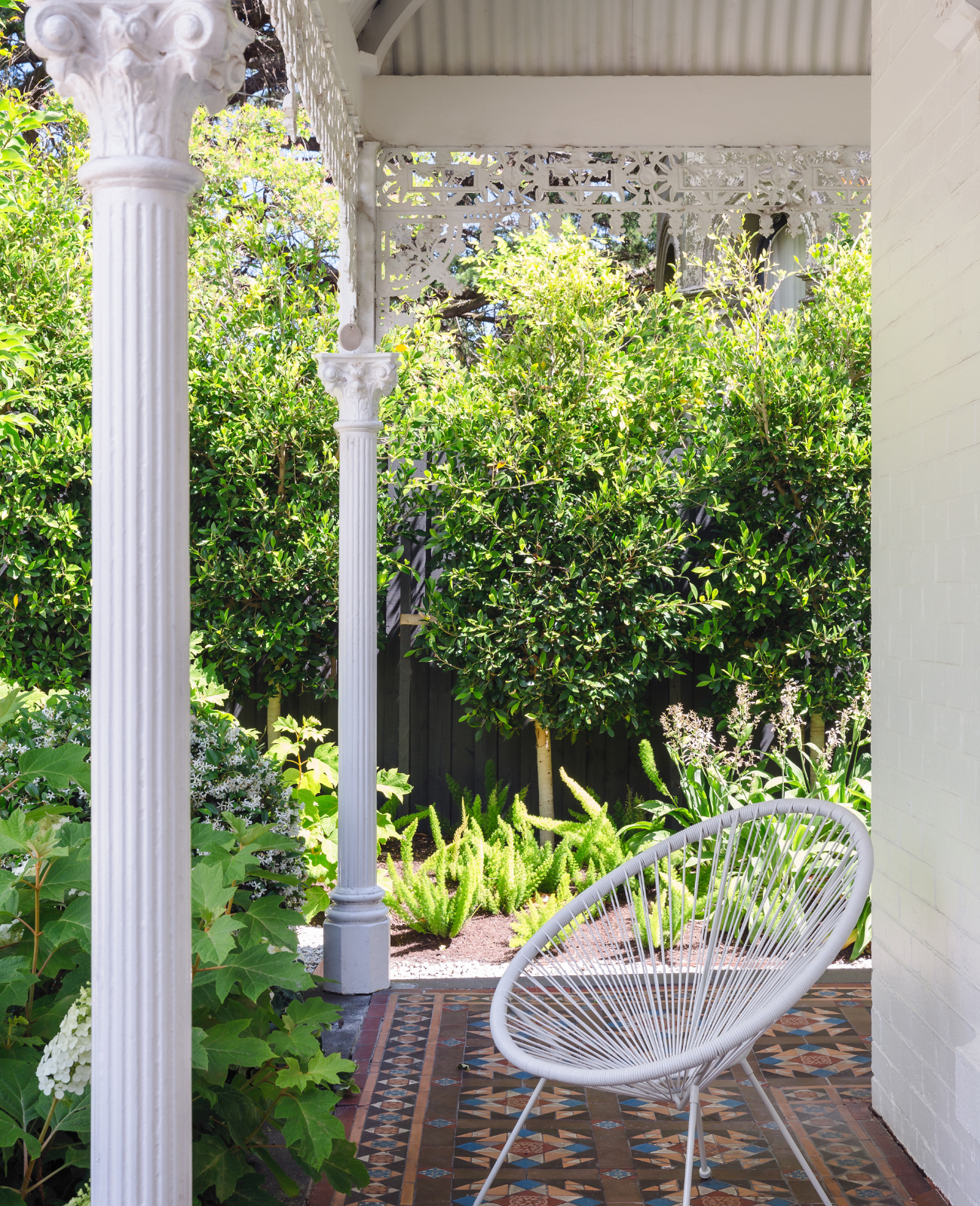


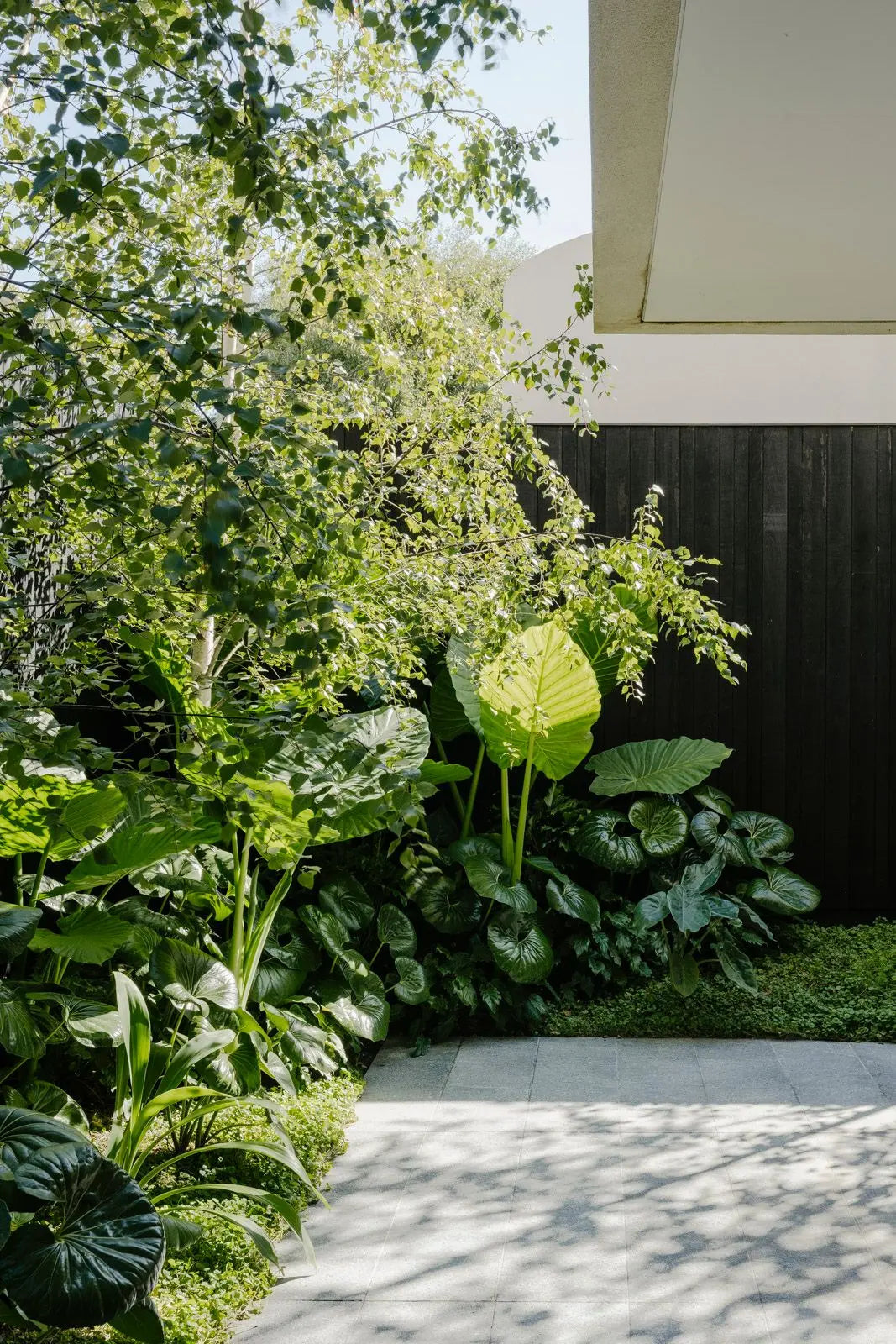
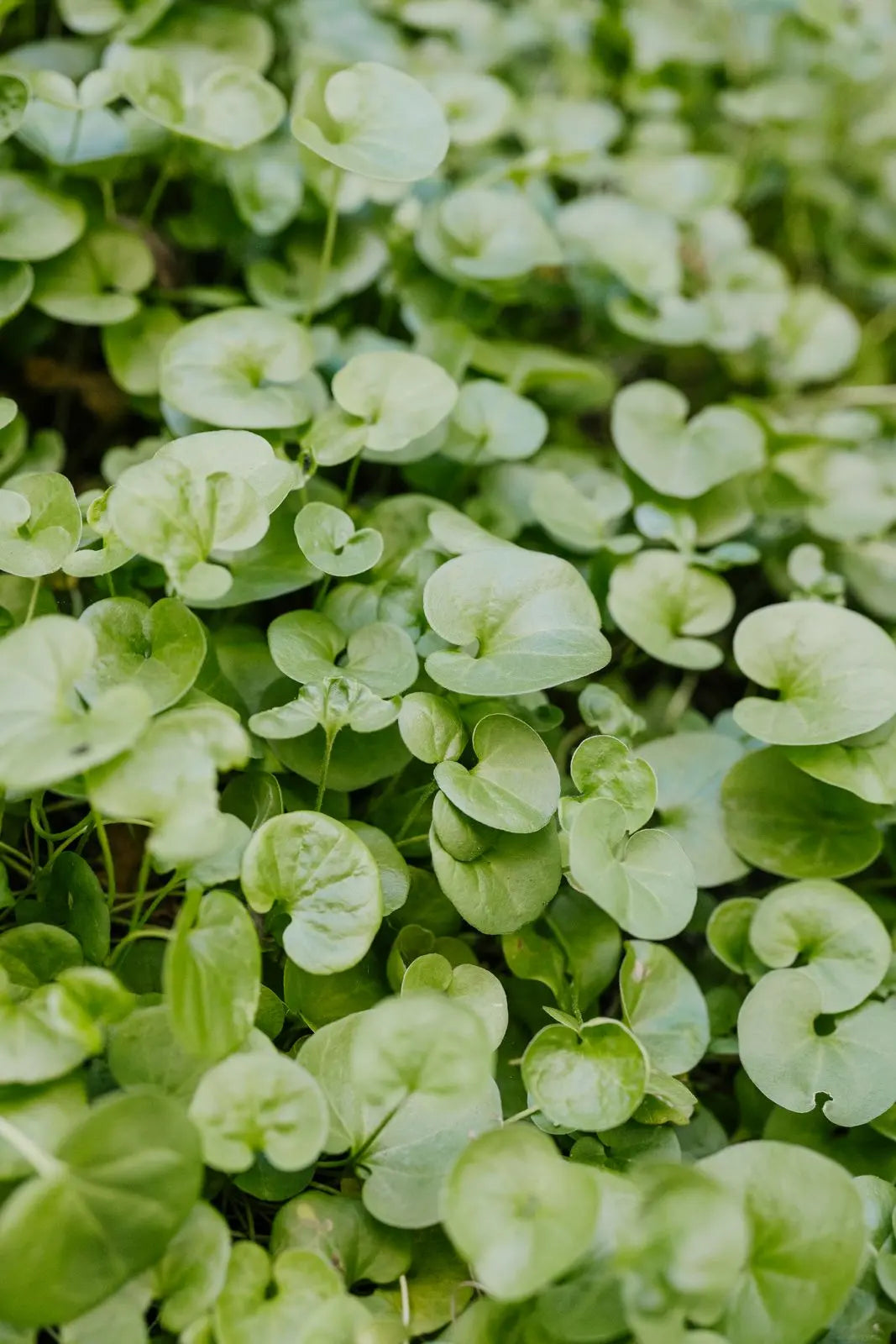
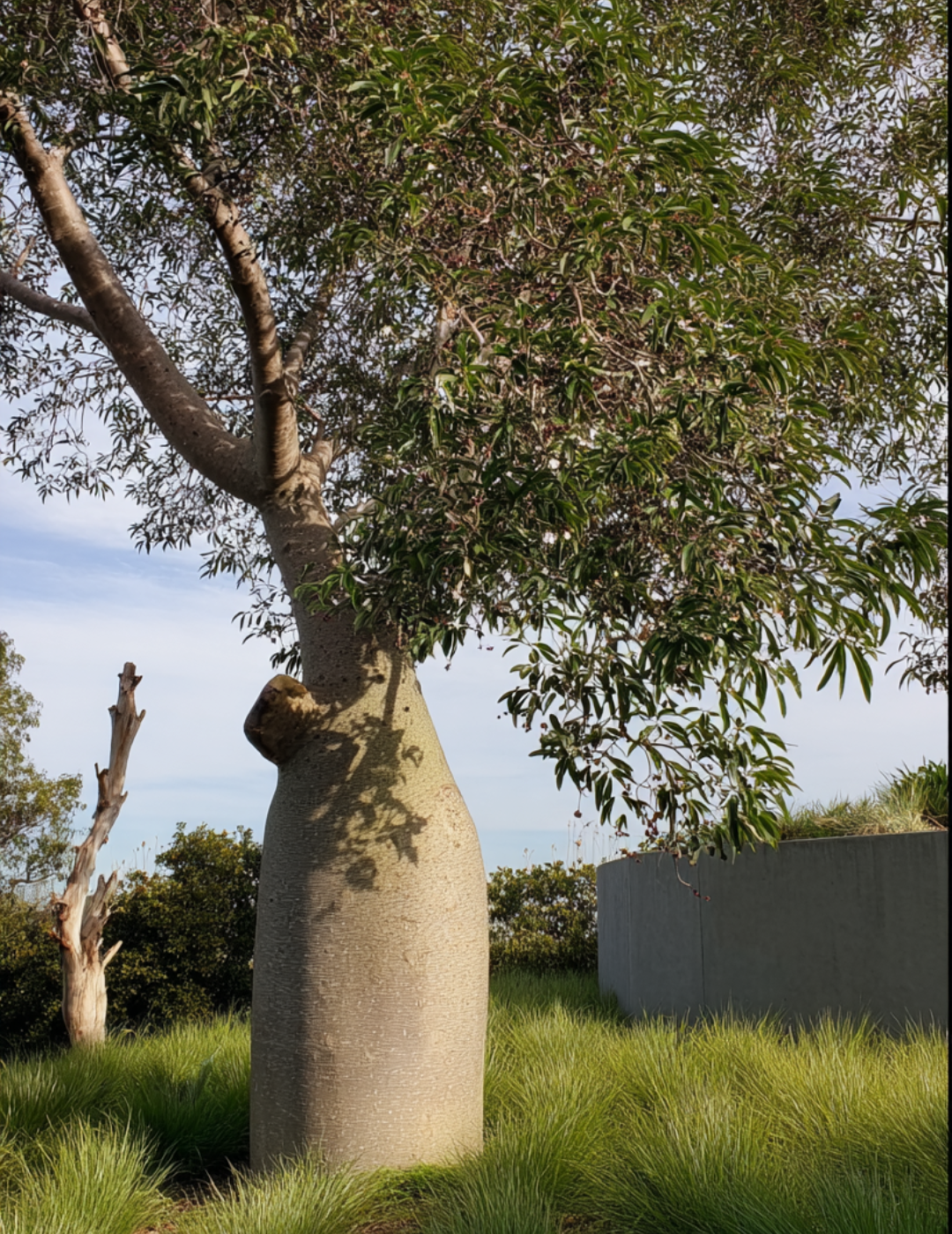
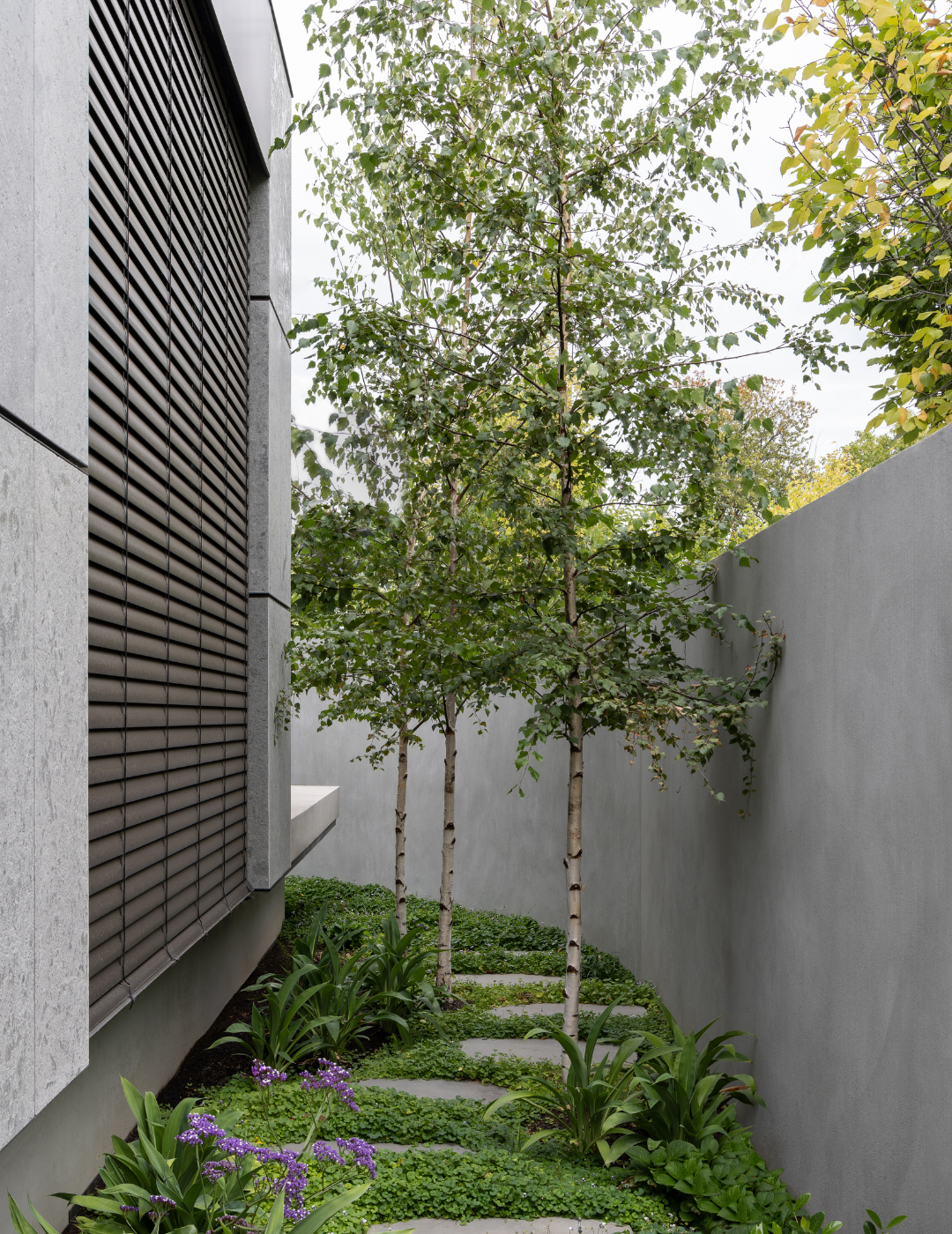
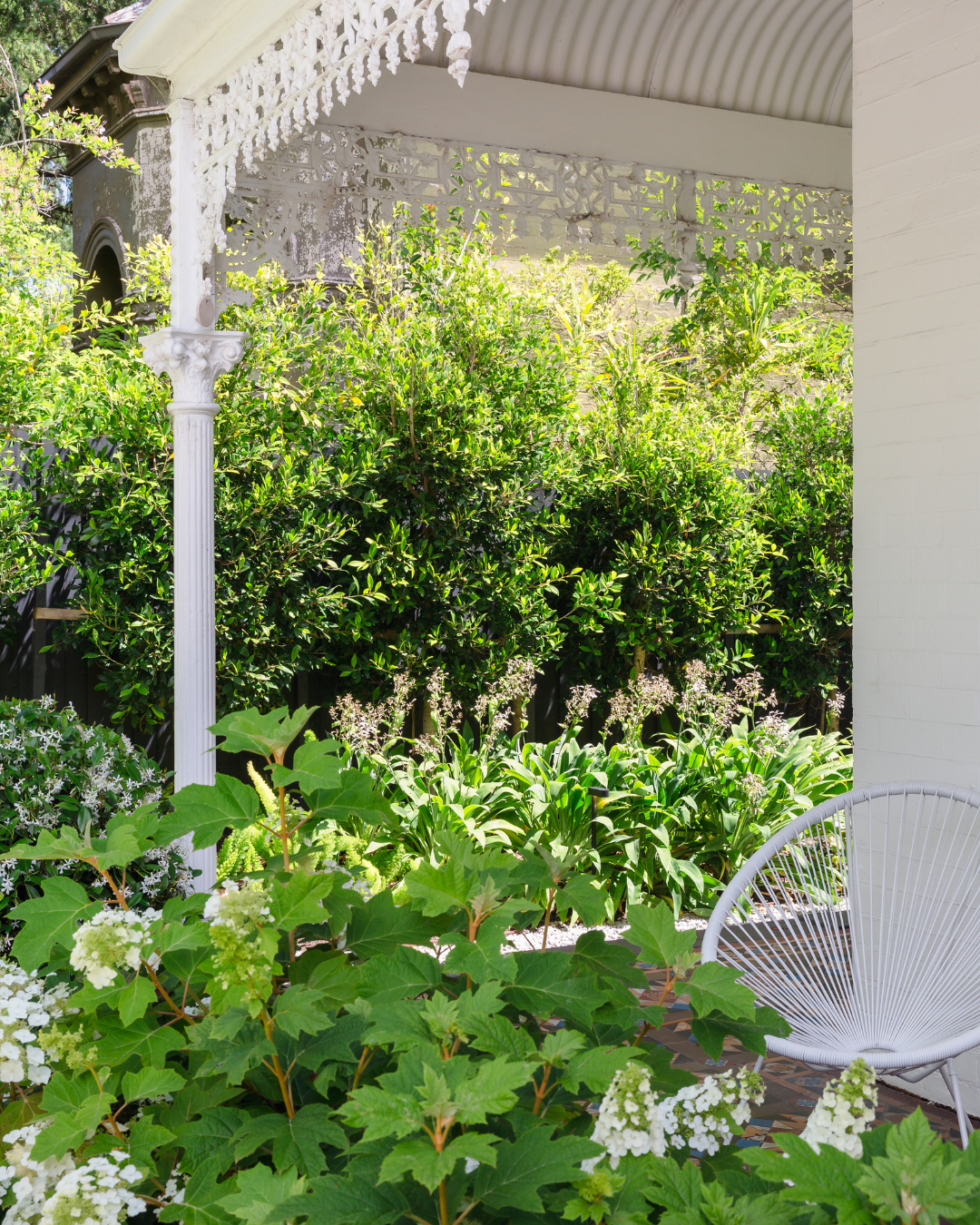
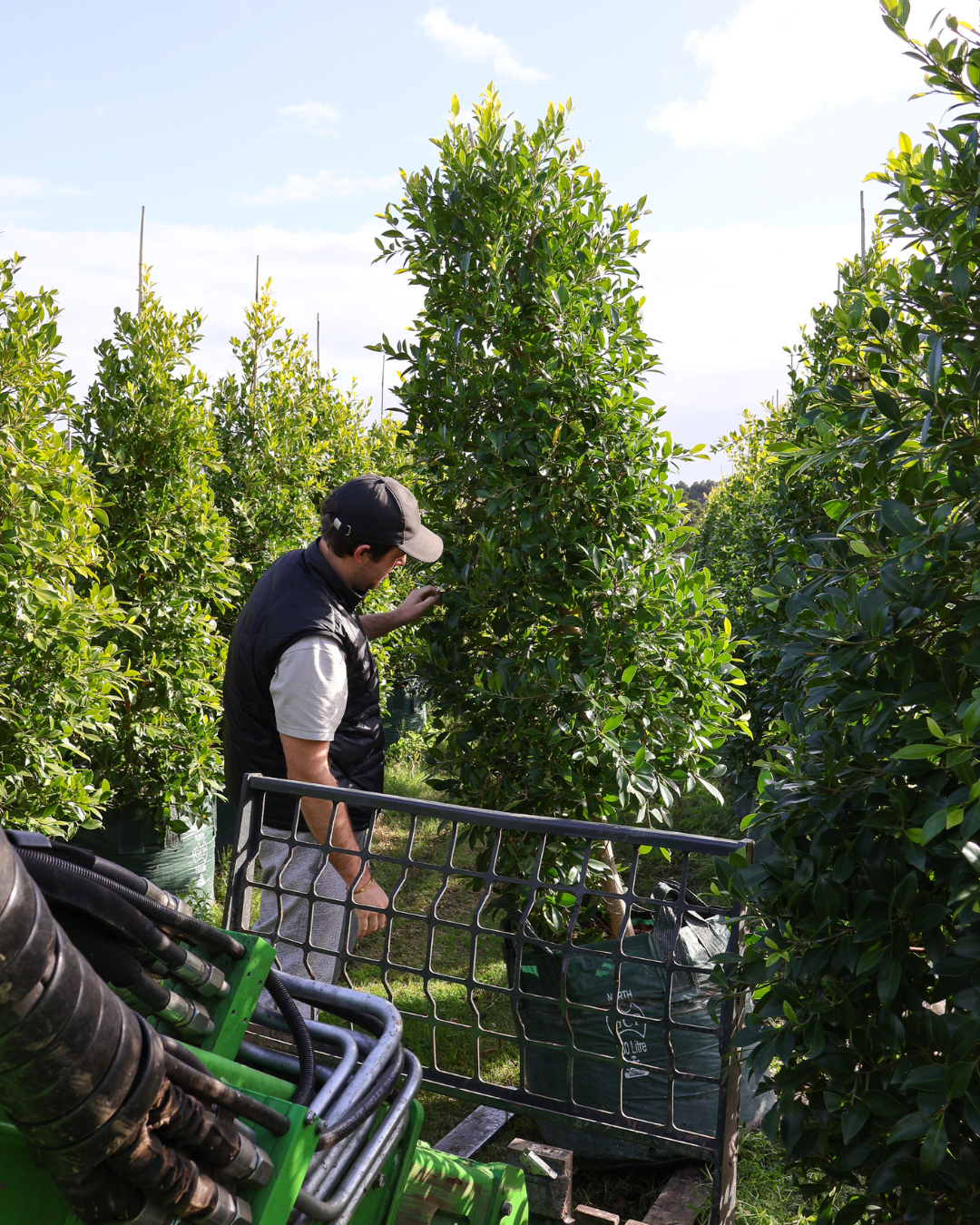

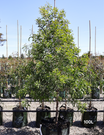



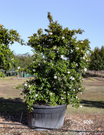






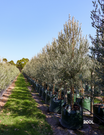
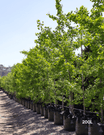



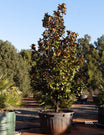
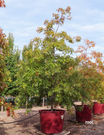

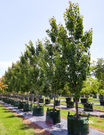
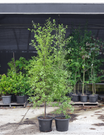



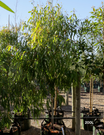
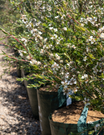


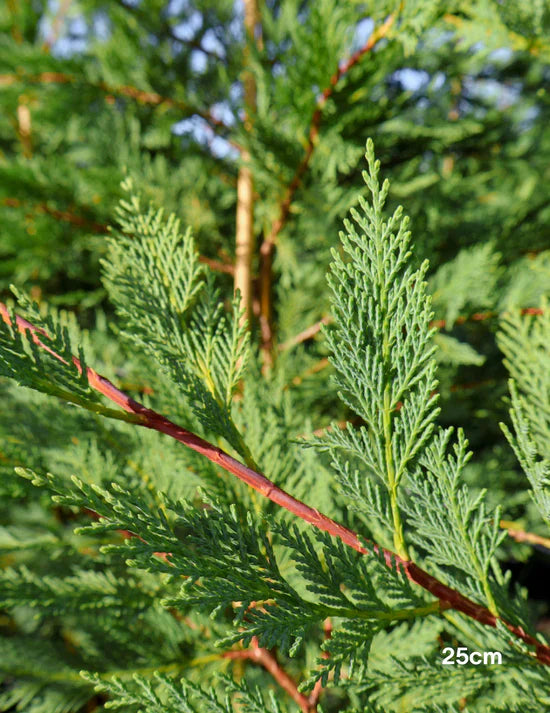



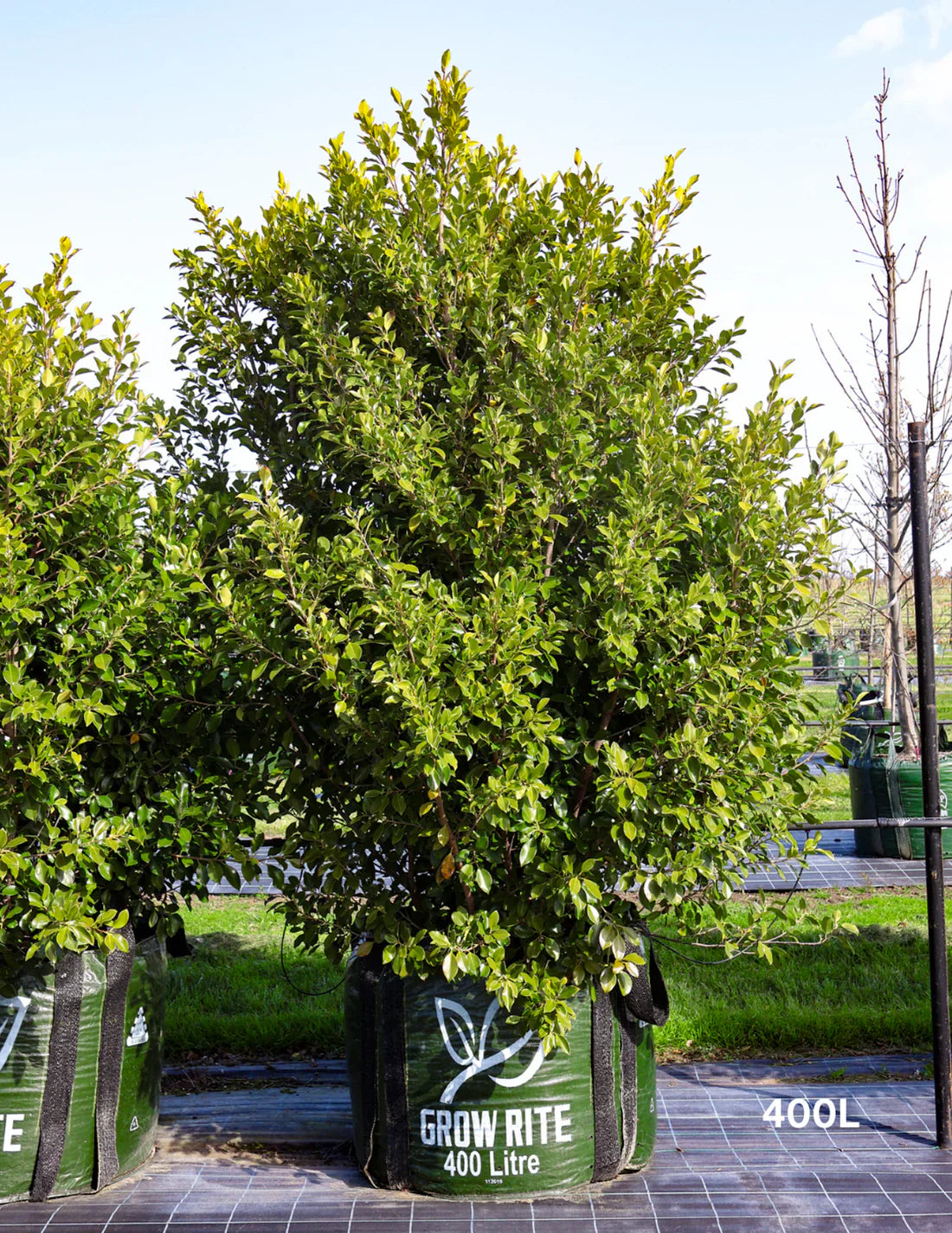
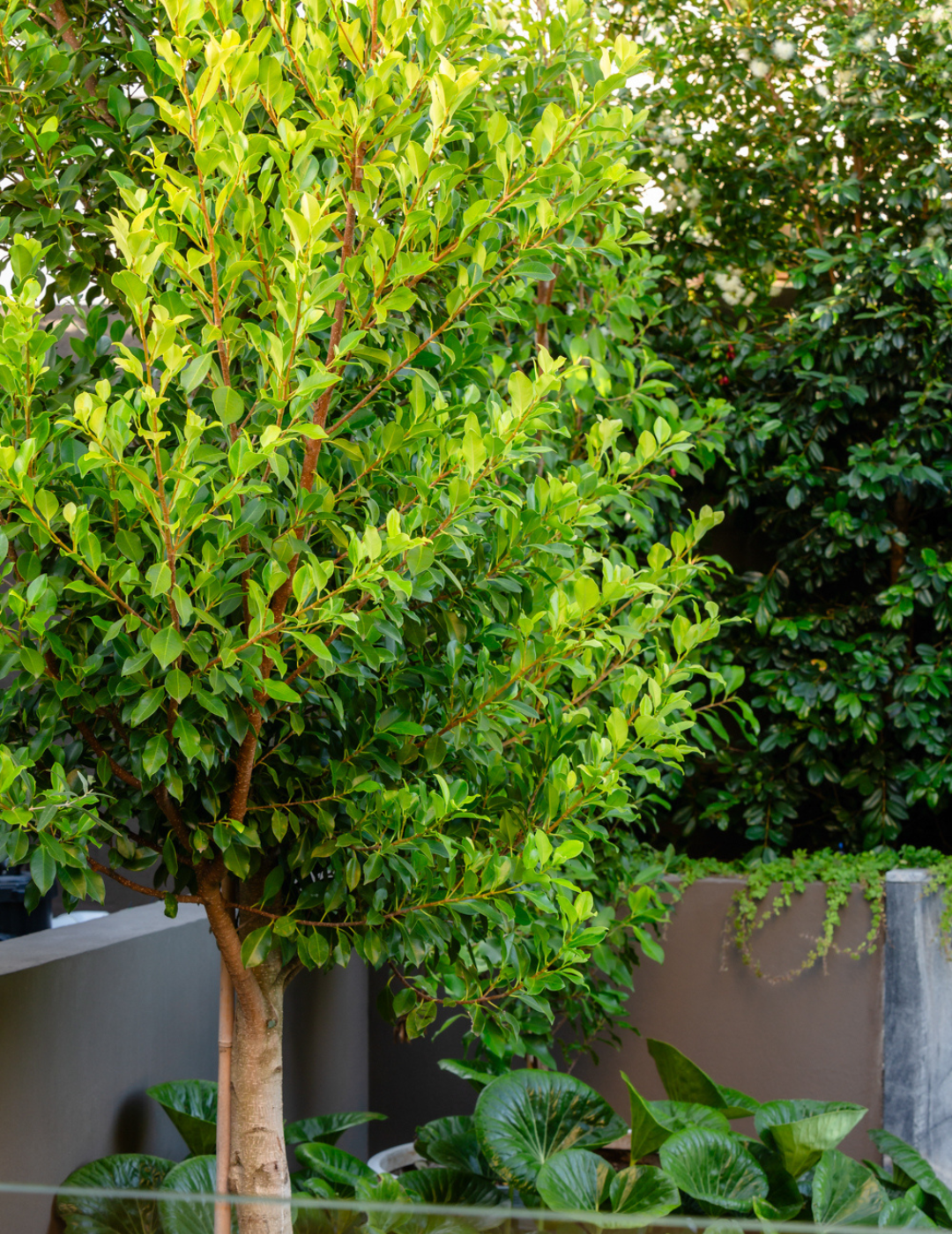
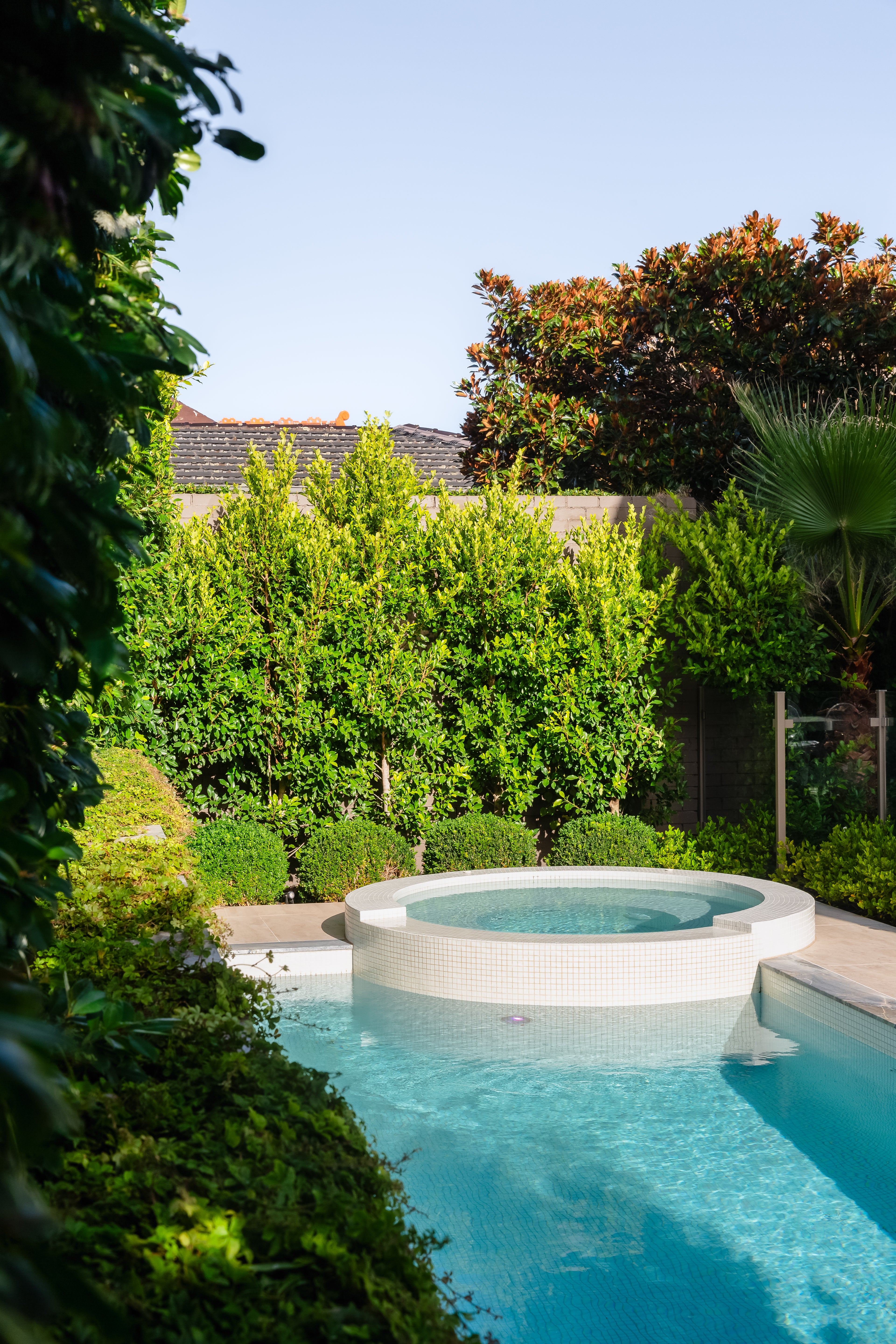
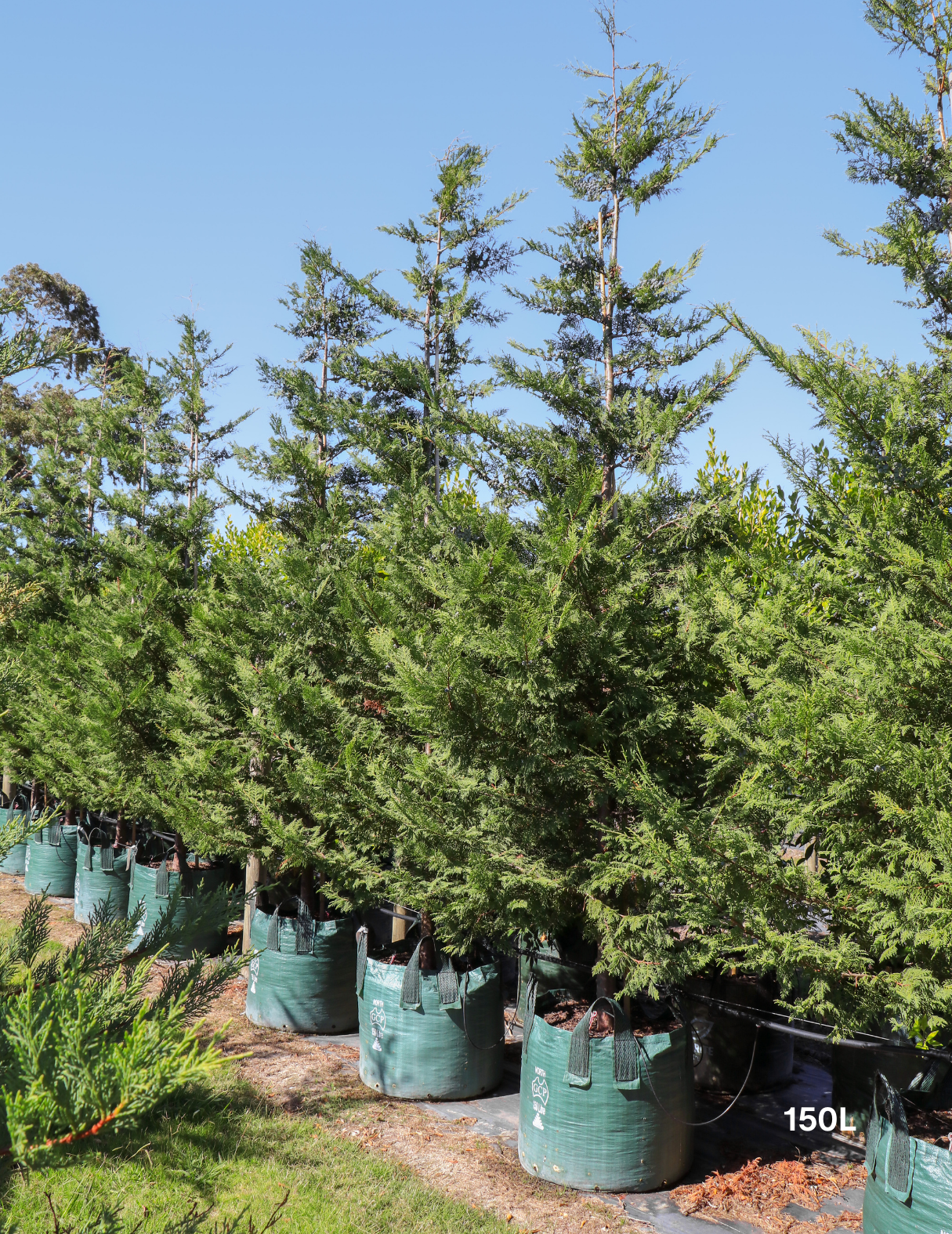
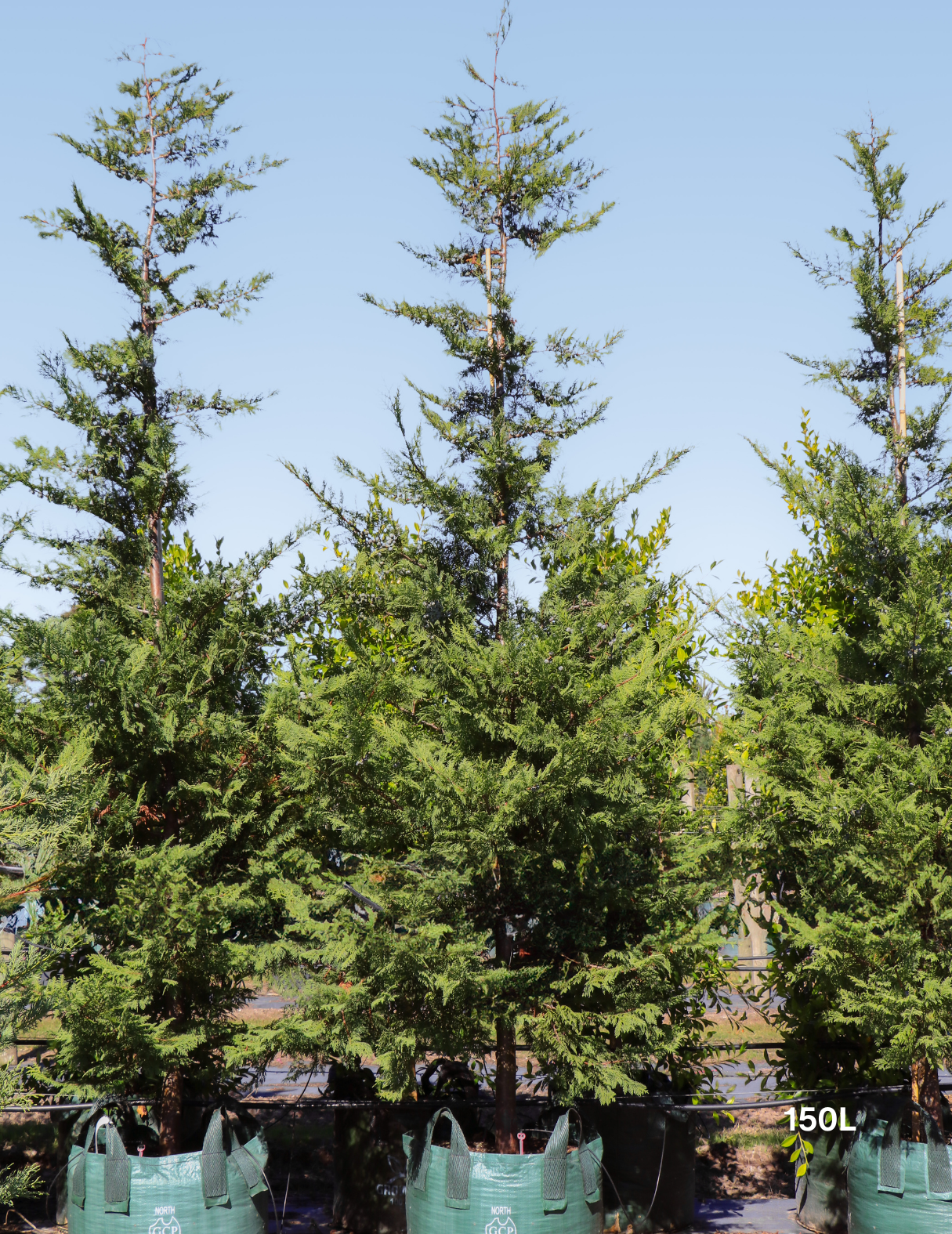
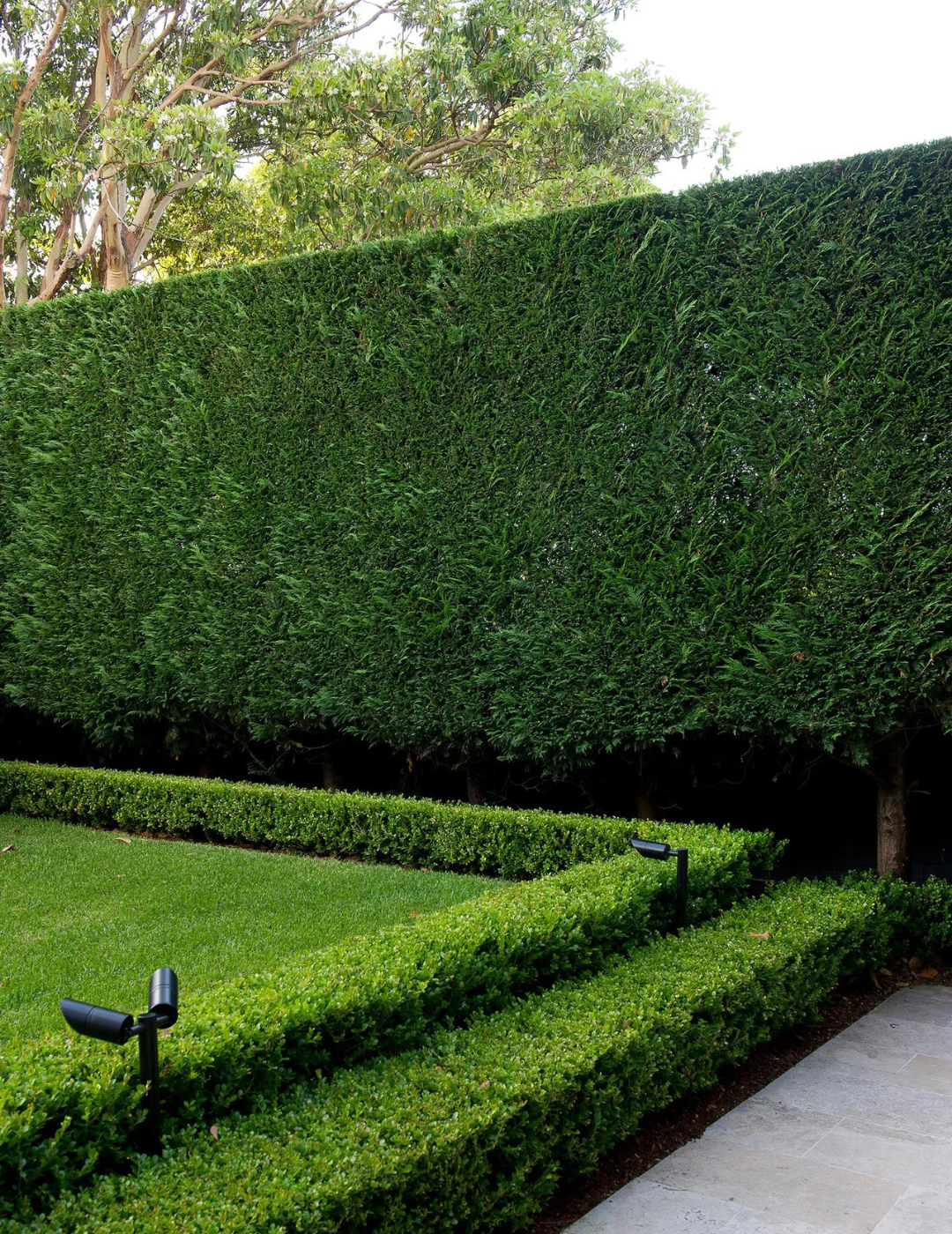
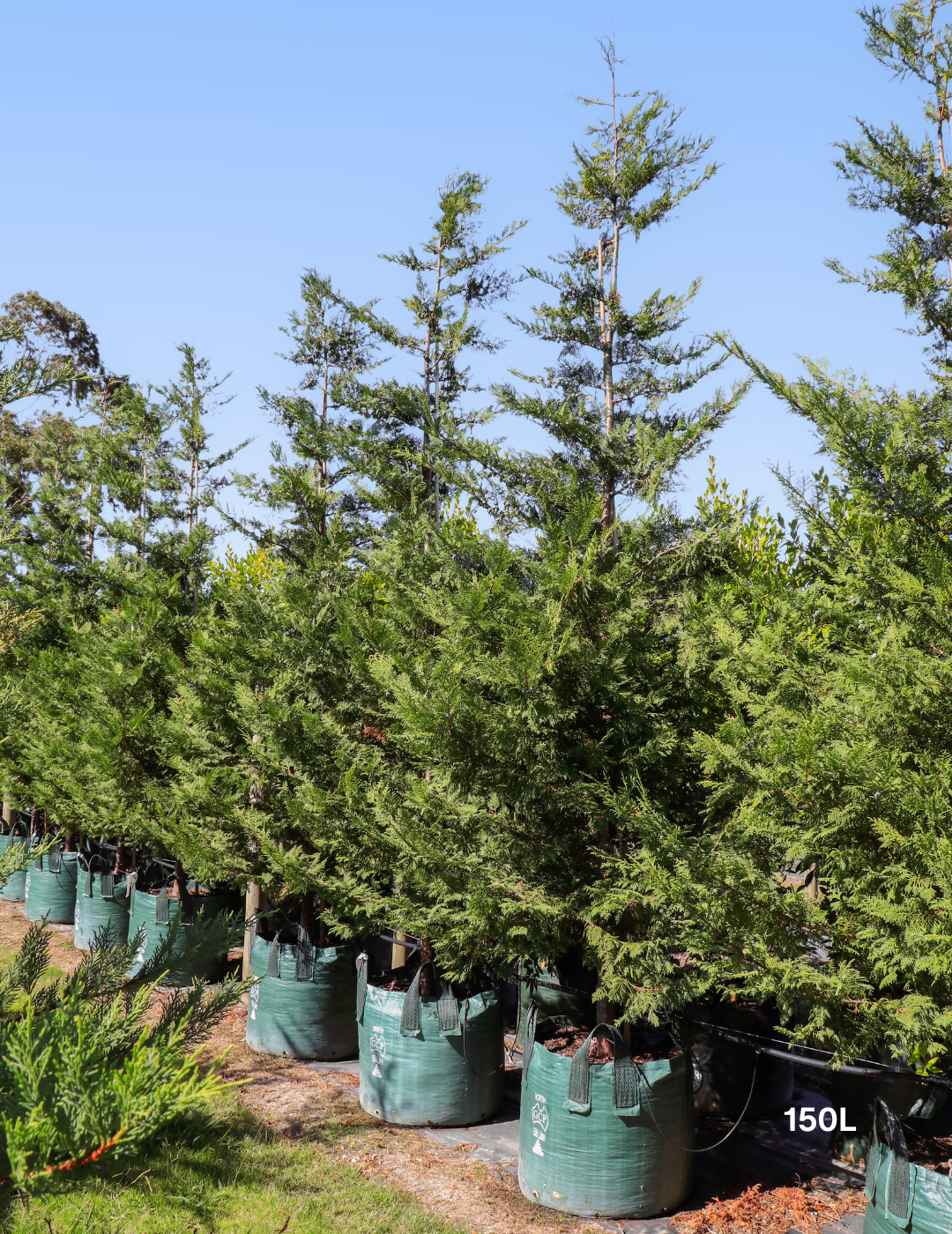
Leave a comment
This site is protected by hCaptcha and the hCaptcha Privacy Policy and Terms of Service apply.